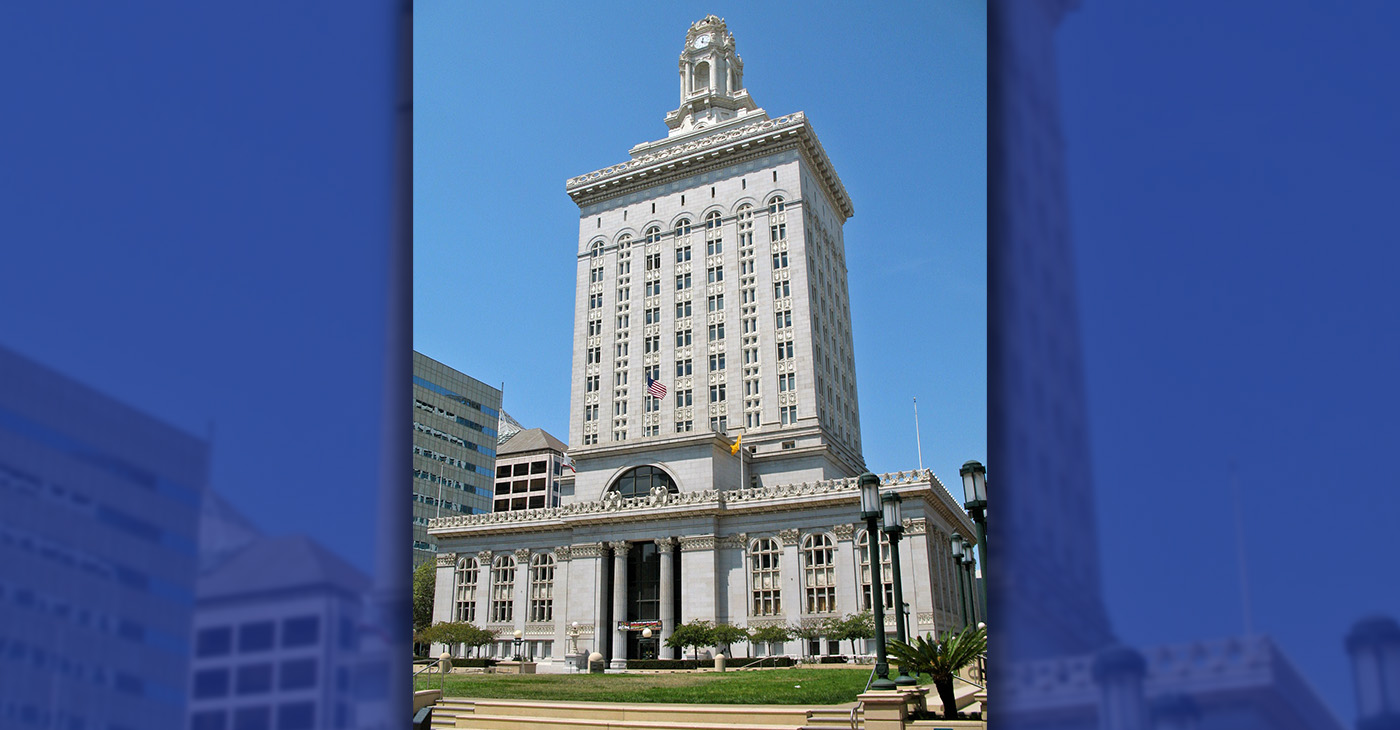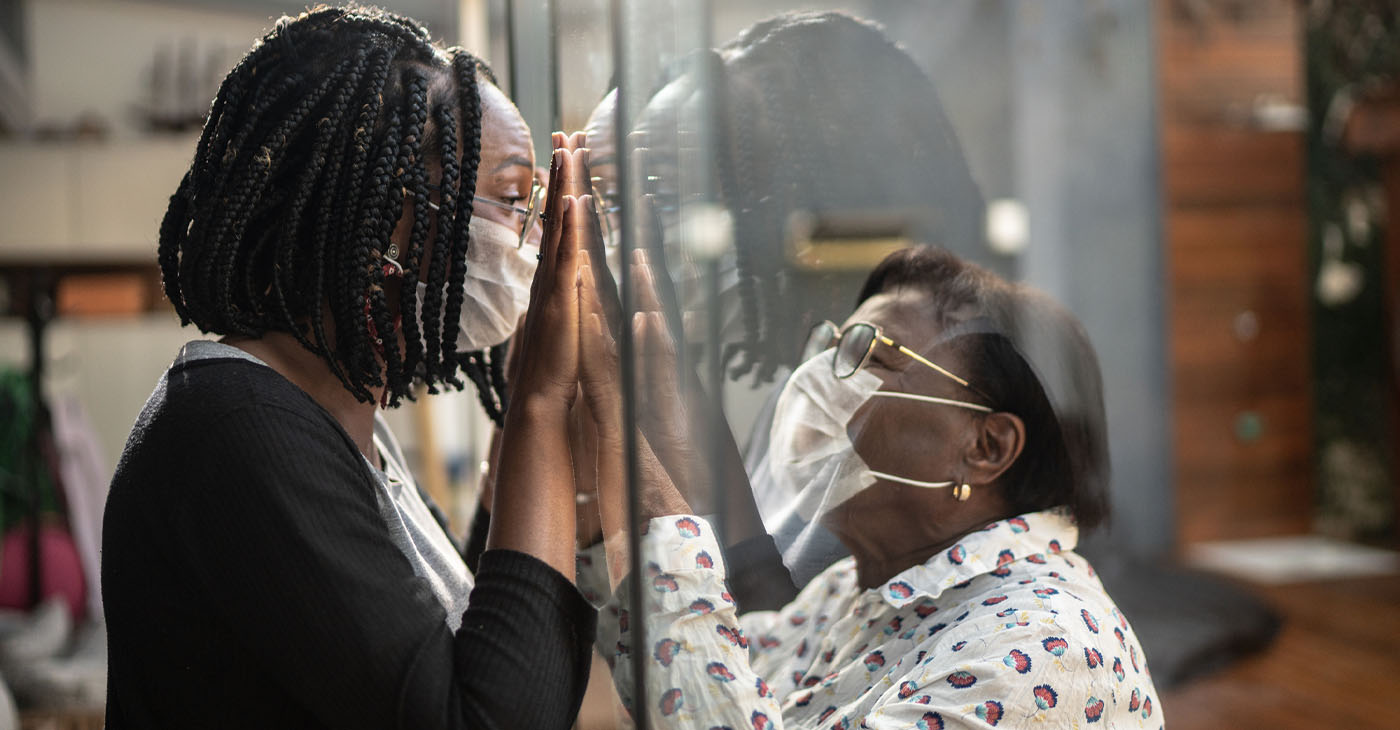Coronavirus
As the Pandemic Drags on, Cal Lawmakers Push Bills to Keep Public Meetings Virtual
Executive Order No. N-29-20 relaxed provisions in California’s Bagley-Keene and Ralph Brown acts, allowing state, county and city government institutions to take their public meetings online.

The threat of the COVID-19 Delta variant has become more apparent. And what was once the looming possibility of reinstating pandemic public safety guidelines is becoming reality. As this is happening, California lawmakers are pushing a number of bills to expand the use of various telecommunication options for public meetings.
On July 2, Gov. Gavin Newsom announced the extension of Executive Order No. N-29-20, through September 30. The goal of the order, which he issued last year, was to make sure Californians continued to have uninterrupted access to government meetings as the global COVID-19 pandemic disrupted the state’s day-to-day operations. It was set to expire June 15.
Executive Order No. N-29-20 relaxed provisions in California’s Bagley-Keene and Ralph Brown acts, allowing state, county and city government institutions to take their public meetings online.
“A local legislative body or state body is authorized to hold public meetings via teleconferencing and to make public meetings accessible telephonically or otherwise electronically to all members of the public seeking to observe and to address the local legislative body or state body,” Newsom’s order read.
California’s Brown Act of 1953 ensures in-person public participation in county and local government meetings. The Bagley-Keene Act guarantees the same for meetings held by state boards, state commissions, and state agencies.
Citing inadequate staff or equipment, some California governments — Lemon Grove, San Diego County and the Carlsbad City Council – have already reduced or removed the option to attend public meetings over Zoom or by phone after returning to in-person meetings earlier this summer.
But activists insist the onus is on government to make it easier for people to participate in the policy discussions that impact their lives.
Last week, the San Diego Democratic Party endorsed a policy initiative called “Boost Democracy” that is the brainchild of the Rev. Shane Harris, a local activist and founder of the People’s Alliance for Justice.
It proposes that four of the county’s largest agencies – the San Diego Unified School District (SDUSD), San Diego County Board of Supervisors, San Diego County Office of Education, and San Diego City Council – adopt a text message notification system to public meetings that alerts the public when their agenda item is up for discussion.
“The party backs my proposal because they know that it’s right and it will make lives easier for everyday people,” Harris said. So far, only SDUSD has endorsed the Harris’s idea.
The bills, the California lawmakers are moving through the Legislature, are Assembly Bills 703, 361 and 339.
Assembly Bill (AB) 703, introduced by Assemblymember Blanca Rubio (D-Baldwin Park) would do away with many of the Brown Act restrictions on teleconferencing from various locations, allowing for broader virtual access.
“This bill would remove the notice requirements particular to teleconferencing and would revise the requirements of the act to allow for teleconferencing subject to existing provisions regarding the posting of notice of an agenda, provided that the public is allowed to observe the meeting and address the legislative body directly both in person and remotely via a call-in option or internet-based service option, and that a quorum of members participate in person from a singular physical location clearly identified on the agenda that is open to the public and situated within the jurisdiction,” the text of the bill reads.
AB 703 would remove the current Brown Act requirements that each virtual or telephone location be identified and made public.
The bill also includes a requirement to streamline the process of reviewing and resolving Americans with Disabilities Act requests for virtual meetings.
AB 703 has now been referred to the Assembly Committee on Local Government and is awaiting further action.
AB 361, introduced by Assemblymember Robert Rivas (D-Hollister) would allow local agencies to hold remote meetings during a declared state of emergency.
This bill, until January 1, 2024, would authorize a local agency to use teleconferencing without complying with the teleconferencing requirements imposed by the Ralph M. Brown Act when a legislative body of a local agency holds a meeting during a declared state of emergency,” the bill’s text reads.
AB 361 passed in the Assembly Committee on Local Government and is currently being reviewed by the Senate Judiciary Committee.
Finally, AB 339 — introduced by assemblymembers Rivas, Joaquin Arambula (D-Fresno), Ken Cooley (D-Rancho Cordova) and Kevin Kiley (R-Rocklin) — would require county supervisors and city councils to allow the public to have access to meetings through a two-way phone option or a two-way internet interfacing option along with video streaming and in-person comments or questions.
“This bill would, until Dec. 31, 2023, require all open and public meetings of a city council or a county board of supervisors that governs a jurisdiction containing at least 250,000 people to include an opportunity for members of the public to attend via a two-way telephonic option or a two-way internet-based service option, as specified, and would require a city council or county board of supervisors that has, as of June 15, 2021, provided video streaming, as defined, of at least one of its meetings to continue to provide that video streaming,” the bill’s text reads.
AB 339 would also require public agencies to provide real time translators for their virtual meetings.
AB 339 has been referred to the Committee on Appropriations in the Assembly.
Supporters of virtual meetings say, for parents, disabled citizens, people without access to reliable transportation, seniors and other Californians who have trouble attending public meetings, teleconferencing has provided an avenue for Californians to be more involved in the legislative process than had been possible before.
“If there is one silver lining from the pandemic, it’s that public access to local government meetings expanded beyond physical attendance, to telephonic and even video attendance,” said David Snyder, executive director of the First Amendment Coalition, a non-profit organization that focuses on supporting freedom of speech and accountability in government. “This made local democracy accessible for many who would otherwise not be able to attend–and public agencies should maintain, not constrict, this access as California returns, however slowly, to normal.”
These bills, if passed, could set the ground for extending public access far beyond COVID-19.
Alameda County
After Years of Working Remotely, Oakland Requires All City Employees to Return to Office by April 7
City Administrator Jestin Johnson recently told city unions that he is ending Oakland’s telecommuting program. The new policy will require employees to come to work at least four days a week. These new regulations go into effect on Feb. 18 for non-union department heads, assistant and deputy directors, managers, and supervisors. All other employees must be back at work by April 7.

By Post Staff
The City Oakland is requiring all employees to return to the office, thereby ending the telecommuting policy established during the pandemic that has left some City Hall departments understaffed.
City Administrator Jestin Johnson recently told city unions that he is ending Oakland’s telecommuting program. The new policy will require employees to come to work at least four days a week.
These new regulations go into effect on Feb. 18 for non-union department heads, assistant and deputy directors, managers, and supervisors. All other employees must be back at work by April 7.
The administration may still grant the right to work remotely on a case-by-case basis.
In his memo to city unions, Johnson said former President Joe Biden had declared an end to the pandemic in September 2022, and that since then, “We have collectively moved into newer, safer health conditions.”
Johnson said “multiple departments” already have all their staff back in the office or workplace.
The City’s COVID-era policy, enacted in September 2021, was designed to reduce the spread of the debilitating and potentially fatal virus.
Many cities and companies across the country are now ending their pandemic-related remote work policies. Locally, mayoral candidate Loren Taylor in a press conference made the policy a central issue in his campaign for mayor.
City Hall reopened for in-person meetings two years ago, and the city’s decision to end remote work occurred before Taylor’s press conference.
At an endorsement meeting last Saturday of the John George Democratic Club, mayoral candidate Barbara Lee said she agreed that city workers should return to the job.
At the same time, she said, the city should allow employees time to readjust their lives, which were disrupted by the pandemic, and should recognize individual needs, taking care to maintain staff morale.
The John George club endorsed Lee for Mayor and Charlene Wang for City Council representative for District 2. The club also voted to take no position on the sales tax measure that will be on the April 15 ballot.
Bay Area
Authorities Warn: There’s a COVID Surge in California
According to data estimates by the Centers for Disease Control and Prevention (CDC), the coronavirus in California’s wastewater has spiked for eight consecutive weeks. Hospitalizations and emergency room visits have also increased since the rise of the new subvariants. Over the last month, Los Angeles County experienced an average of 389 hospital patients per day that tested positive for the coronavirus. The FLiRT subvariants such as KP.3.1.1. Made up over 2% of coronavirus samples nationwide, an increase of more than 7% last month.

By Bo Tefu, California Black Media
California is experiencing a COVID-19 surge this summer, experts warn, as numbers of infections increased for the third month this year.
State public health authorities attribute the summer COVID surge to more infectious subvariants that have emerged as the coronavirus evolves.
Dr. Elizabeth Hudson, regional chief of infectious disease at Kaiser Permanente Southern California, stated that subvariants of COVID-19 called FLiRT increased in recent months, particularly one named KP.3.1.1 that has become the most common strain in the country.
Dr. Peter Chin-Hong, an infectious diseases expert at UC San Francisco, said that the subvariant KP.3.1.1 seems most adept at transmission.
“The subvariant is the one that people think will continue to take over, not only in the United States, but … around the world,” Chin-Hong said.
According to data estimates by the Centers for Disease Control and Prevention (CDC), the coronavirus in California’s wastewater has spiked for eight consecutive weeks. Hospitalizations and emergency room visits have also increased since the rise of the new subvariants. Over the last month, Los Angeles County experienced an average of 389 hospital patients per day that tested positive for the coronavirus. The FLiRT subvariants such as KP.3.1.1. Made up over 2% of coronavirus samples nationwide, an increase of more than 7% last month.
The majority of the people who tested positive for COVID-19 complained of a sore throat and a heavy cough. Risk factors that can increase the illness include age, underlying health issues, and vaccine dosage.
Health experts stated that the demand for the COVID-19 vaccine has increased in Northern California. However, people are having a hard time getting the vaccine due to the increasing number of cases.
California Black Media
Gov. Newsom and Gov. DeSantis Go Head-to-Head in Nationally Televised Debate
Conservative Fox News personality Sean Hannity moderated the duel, during which the TV pundit, more than once, injected his opinion, and appeared to be providing subtle assists to DeSantis. As the debate progressed, it was clear that opinions about each topic discussed was representative of the philosophical and political chasm that divides liberal and conservative America, and a preview of campaign mudslinging that is bound to intensify as the 2024 presidential campaign ensues.

By California Black Media
In an intense, 95-minute-plus televised faceoff between California Gov. Gavin Newsom and Florida Gov. Ron DeSantis on Nov. 30, the men traded jabs and putdowns, defended their respective gubernatorial records, disagreed sharply on how to solve the country’s most pressing problems, and expressed clashing views on the performance of the Biden-Harris administration.
Conservative Fox News personality Sean Hannity moderated the duel, during which the TV pundit, more than once, injected his opinion, and appeared to be providing subtle assists to DeSantis.
As the debate progressed, it was clear that opinions about each topic discussed was representative of the philosophical and political chasm that divides liberal and conservative America, and a preview of campaign mudslinging that is bound to intensify as the 2024 presidential campaign ensues.
“I’ll tell you why I’m here,” Newsom said. “I’m here to tell the truth about the Biden-Harris record and also compare and contrast Ron DeSantis’ record and the Republican Party’s record” with that of California.
DeSantis blasted Newsom’s management of the COVID-19 crisis and criticized Newsom for prevalent crime, homelessness and deteriorating social conditions in California cities.
“You have the freedom to defecate in public in California,” DeSantis said. “You have the freedom to pitch a tent on Sunset Boulevard. You have the freedom to create a homeless encampment under a freeway and even light it on fire. They’re not the freedoms our founding fathers envisioned.”
Newsom took a jab at DeSantis’ presidential candidacy, predicting that the Florida Governor would be endorsing GOP frontrunner Donald Trump soon.
“There’s one thing we have in common,” Newsom said. “Neither of us will be the nominee for our party in 2024.
-

 Activism4 weeks ago
Activism4 weeks agoWe Fought on Opposite Sides of the Sheng Thao Recall. Here’s Why We’re Uniting Behind Barbara Lee for Oakland Mayor
-

 Activism4 weeks ago
Activism4 weeks agoFaith Leaders Back Barbara Lee for Mayor, Criticize Candidate Loren Taylor for Dishonest Campaigning
-

 Activism3 weeks ago
Activism3 weeks agoOakland’s Most Vulnerable Neighborhoods Are Struggling to Eat and Stay Healthy
-

 #NNPA BlackPress4 weeks ago
#NNPA BlackPress4 weeks agoRev. Dr. Jamal Bryant’s Black Church Target Boycott Mobilizes 150,000
-

 #NNPA BlackPress4 weeks ago
#NNPA BlackPress4 weeks agoRecently Approved Budget Plan Favors Wealthy, Slashes Aid to Low-Income Americans
-

 Activism2 weeks ago
Activism2 weeks agoOakland Post Endorses Barbara Lee
-

 Activism4 weeks ago
Activism4 weeks agoGroup Takes First Steps to Recall District Attorney Diana Becton
-

 Activism4 weeks ago
Activism4 weeks agoOakland Post: Week of March 19 – 25, 2025



















































